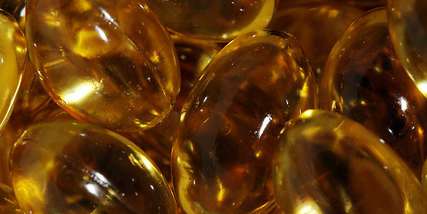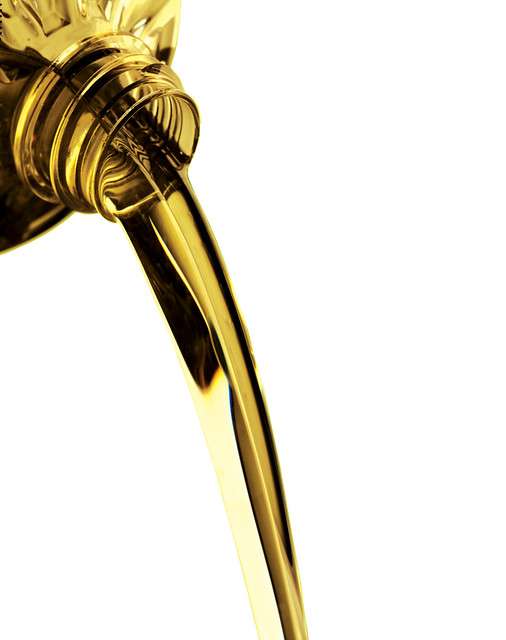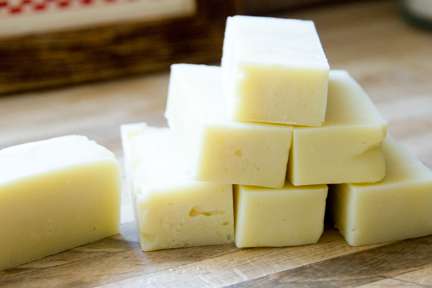
The determination of fatty acids through spectrophotometric analysis has many applications in foods, dietary supplements, lubricating products, and detergents and soaps. Image Source: Flickr user Sam-Cat
Chemistry was never my best subject, but the truth is that chemical compounds and scientific formulations are just a part of everyday life. Take, for example, the importance of fatty acids. These little chemical compounds are bound together in groups of threes to form a variety of oils and products that we use regularly. These trios of derived chemicals make up many of the fatty acids we depend on for a healthy eating, lubricating needs, and many of the soaps and detergents we use daily.
Humans and animals alike require fatty acids, such as Omega -3s, as part of a healthy diet. Spectrophotometric determination of components such as these are needed for proper derivation, processing, and storage. Other fatty acids that are derived from both animal and plant-based sources also require the determination of acid value before meeting the quality standards needed for industrial use. Spectrophotometric technology offers a safe and easy alternative method of analysis for the determination of fatty acid in products, without the use of harsh chemicals and solvents. Using color technology the determination of fatty acids can be conducted safely, rapidly, and effectively.



